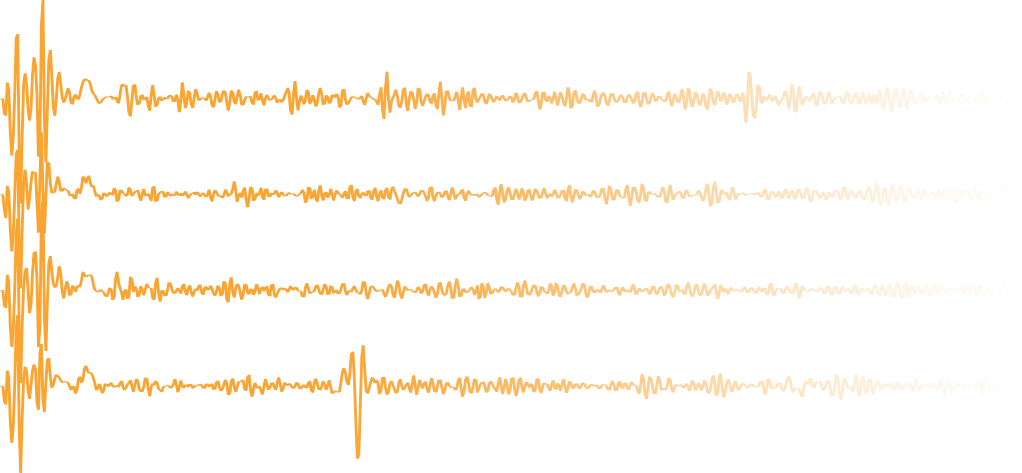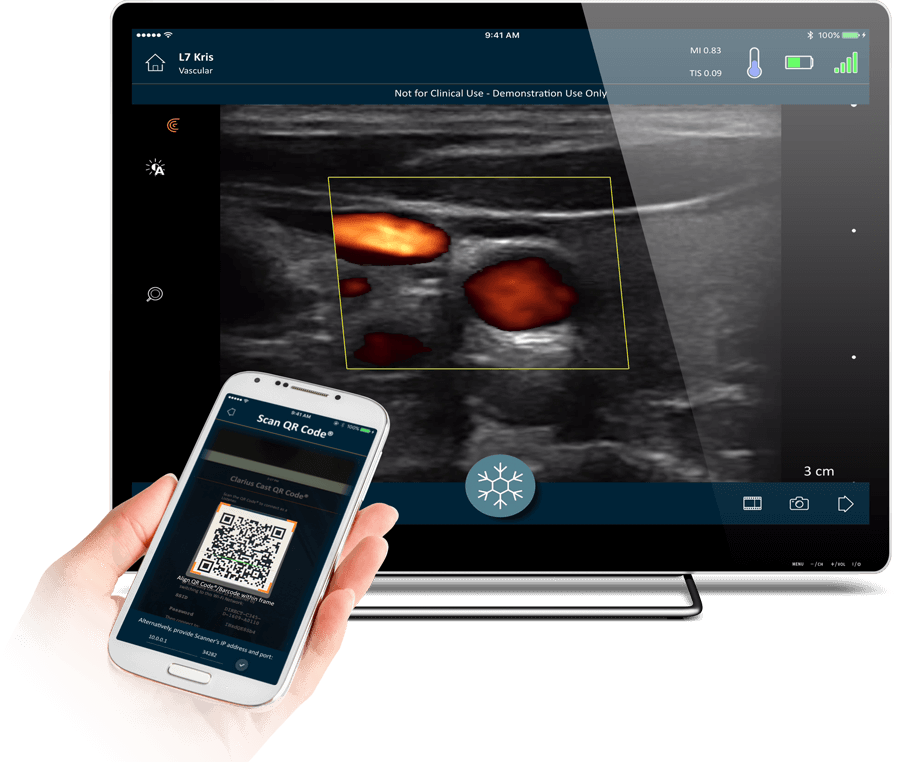Clarius ultrasound tools for research can be purchased with any scanner. They provide access to raw data collected internally and custom software for real-time analysis.
- Mobile solution for clinical research and data acquisition
- Multiple raw data formats
- Streaming API and 3D positional information
- Enabled with HIPPA-compliant Clarius Cloud for simple and powerful data management
ultrasound-research-device
Quality Controlled Data Acquisition with AI Tools
With fully automated imaging workflows, Clarius scanners require minimal user intervention, making them ideal for large clinical studies that require operator independence and reproducible results. Through our innovative AI tools for automated TGC and parameter adjustment, study coordinators can focus on the clinical data without worrying about discrepancies from operator variance.
Easy Data Analysis Anywhere
Thanks for the HIPAA-compliant Clarius Cloud, data analysis for clinical trials spanning global institutions is easy. All images and raw data are securely uploaded to the Clarius Cloud where additional measurement, analysis, and reporting can be performed. The data is available for analysis through the portal anywhere in the world with Internet access.
Clinical Indications for Research
Clarius scanners for clinical research collect images and raw data for analysis and measuring physiological parameters. Examples of clinical areas for research include: IMT and FMD for vascular health, aortic measurements for AAA screening, the use of power doppler for arthritis, or attenuation measurements for liver health.





